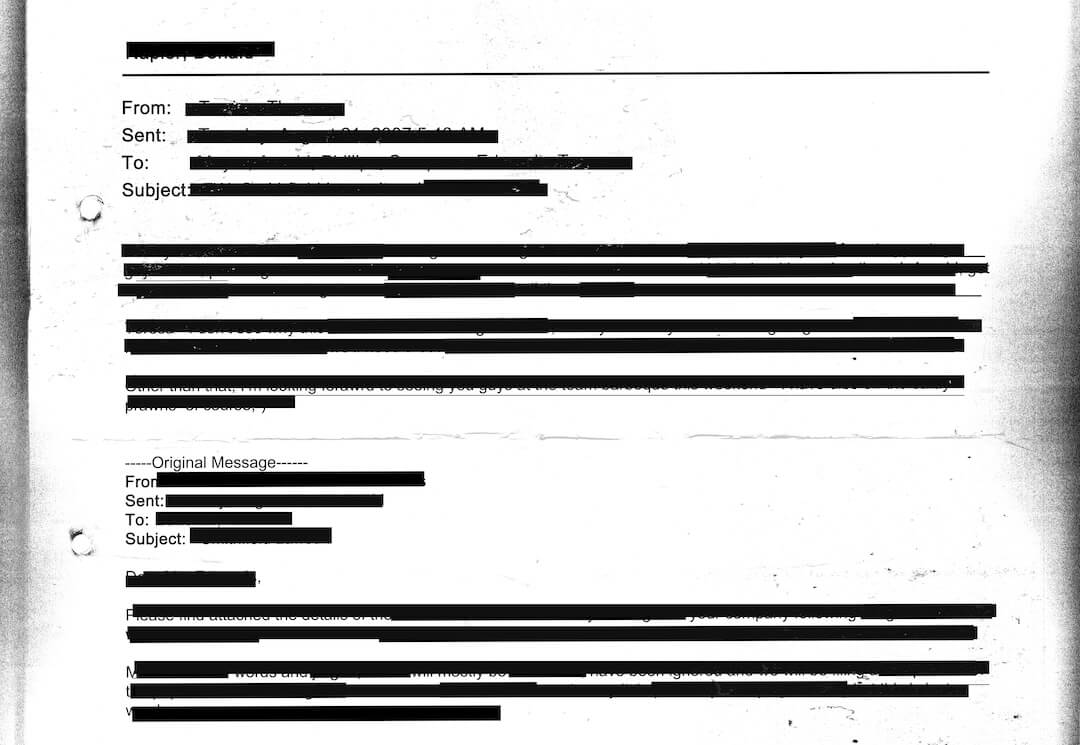TECHNOLOGY - The Sun Microsystems company is founded and their Sun I workstation is introduced. The workstation connects to other networked computers with software based on UNIX.
- “Striking It Rich: A new breed of risk takers is betting on the high-technology future.” Time Magazine, February 15, 1982.
- An electronic spreadsheet for the IBM PC, called Lotus 1-2-3, is released.
- Various computer manufacturers, such as Compaq, begin selling IBM clones.
- Database management software dBase II is introduced by the Ashton Tate company.
- The Adobe Systems software company is founded.
- “Living With a Computer.” By James Fallows, Atlantic, July 1982.
- An early personal computer virus called Elk Cloner is spread by Apple II computer floppy disks. (Hear also: “25 Years of Computer Viruses.” NPR, July 13, 2007.)
- The Commodore 64 computer is introduced in August 1982. It comes with 64K of memory and a 5 1/2″ disk drive or cassette tape. (See also: “Commodore 64 TV commercial.” Posted on YouTube.)
- Although compact disc (CD) technology had been around for a number of years, the Sony and Philips companies make the mass production of CDs possible during the 1980s.
(See also: “Compact disc hits 25th birthday.” BBC, August 17, 2007.) - The Osborne Computer Company announces the successor to its popular 1981 Osborne 1 model. Osborne computers were among the first portable PC computers.
- Sept. 19, 1982 — Carnegie Mellon University professor Scott E. Fahlman is perhaps the first to use a sideways smiley face emoticon. As personal computers become more popular, emoticons such as the smiley face will be commonly used with newsgroup posts, e-mail messages and text messaging.
- There are more than 5.5 million personal computers in offices and homes.
(Source: InfoCulture: The Smithsonian Book) | | THE MEDIA -
The Times Mirror company begins testing its Gateway videotex service. -
Newsweek is one of the content providers for the British Prestel videotex system. -
Field Enterprises, which owns WFLD-TV and the Chicago Sun-Times, produces a videotex magazine called Keyfax. (The project ends in 1985.) -
- On May 3, 1982, the Fort Worth Star-Telegram officially launches its StarText BBS (Bulletin Board System). (See also: “StarText — a capsule history.” Internet Archive, 1997 and “StarText: Farewell To A Good Friend.” March 14, 1997.)
- “Study Says Technology Could Transform Society.”
By Robert Reinhold, New York Times, June 14, 1982. - “Teletext Services.”
New York Times, June 26, 1982. - “Advertising: Time Hires 6 Agencies to Study Teletext Ads.”
By Philip H. Dougherty, New York Times, September 24, 1982. - In late December Time Magazine announces that it has named the computer as the “Machine of the Year.” The upcoming issue’s articles include a story about Steve Jobs. The magazine is published on January 3, 1983.
-
Examples of U.S. companies testing videotex and teletext systems in 1982: - Bonneville International / KSL-TV
- Field Electronic Publishing /WFLD-TV / Keyfax
- CBS / KNXT /
Extravision - PBS / KCET / Now
- NYU Alternative Media Center / WETA-TV
- NBC / KNBC /
Tempo NBC - Taft Broadcasting / WKRC / Taftext
- Westinghouse / KPIX / DirectVision
- PBS / WGBH-TV
- Time Video Services
- Louisville Courier-Journal & Times
- Springfield Television / WWLP-TV
|





